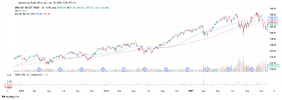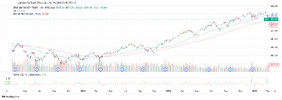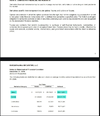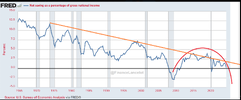Garpal Gumnut
Ross Island Hotel
- Joined
- 2 January 2006
- Posts
- 14,438
- Reactions
- 11,995
There is always a reckoning. Just go with the flow. The people who really need to worry are those who are leveraged excessively.
gg
gg






